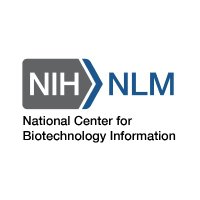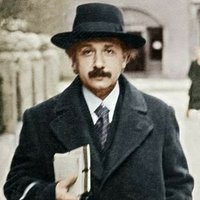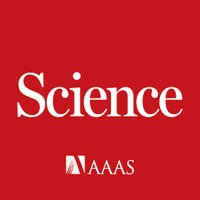
Dipankar Bhowmik
@dipankar_11
ID: 950831679559499776
http://www.instagram.com/i_m_d_bhowmik/ 09-01-2018 20:48:32
474 Tweet
164 Takipçi
331 Takip Edilen

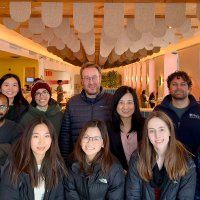



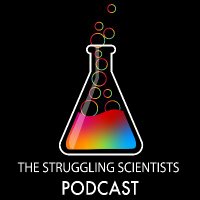

Just out in J. Am. Chem. Soc. now from IISc Bangalore: Enantioselective Total Synthesis of [5]-Ladderanoic Acid pubs.acs.org/doi/10.1021/ja… Congratulations Sayan Ray, Deepak, and Prava. Thank you, Pradip and Subrata, for a fruitful collaboration. Thank you Syngene Intl & SERB

🗝️The right drug molecule will bind to a protein to treat a disease. But what about "undruggable targets"? #JClinic PIs Regina Barzilay & Marzyeh co-authored a new paper in Nature Biotechnology w/ 15 co-authors on how AI could challenge drug design. nature.com/articles/s4158…


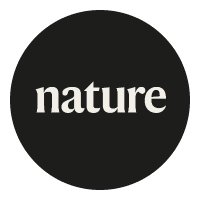
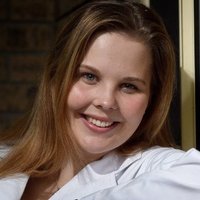

First preprint from Simlandy Lab IISER Berhampur is out now in ChemRxiv We observe interesting mechanistic divergence with increasing conformational rigidity. chemrxiv.org/engage/chemrxi… Pratap Kumar Mandal Subhra kanti Mahato Soumalya Panja Parikshit Moitra

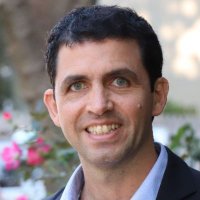



New in PNASNews with Gladfelter Lab , Wilton Snead, & Mary Skillicorn from my lab! 📢 Cells use condensates (dynamic compartments without membranes) to organize key reactions. Some have core & shell layers.. but how do such layers form? 🤔 👉 pnas.org/doi/10.1073/pn… (1/6)
